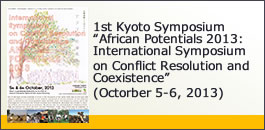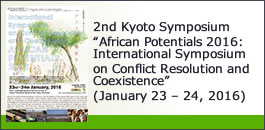Date: May 12, 2012
Venue: Inamori Foundation Memorial Bldg. (Inamori Center), Middle-sized Meeting Room (Room No. 332), Kyoto University
Program
10:00~10:15 Business Meeting
10:15~10:30 Gen Yamakoshi (Kyoto University)
The aim of the meeting
10:30~11:30 Nobuyuki Sekino (Kyoto University)
The Conflict Amplifying Residents Participatory Resource Management: a case from Senegal
11:30~12:30 Ayumi Onumu (Keio University)
Profit Distribution and Its Patterns in the Context of Natural Resource Conservation Incentive
12:30~13:15 Break
13:15~14:15 Keiichi Omura (Osaka Universy)
Toward ‘Nature = Social Diversity’: Choice of Inuit who defies the global network
14:15~14:45 General Discussion
Report
Gen Yamakoshi (Kyoto University): Introduction
First, an introduction was given on the following topics: recent trends in environmental protection in Africa, diversification of state-driven conservation policy, and implementation of economic principles. Then, the importance of investigating the political nature and power in natural resource conservation in Africa and the impact on the local residents and their coping strategy followed were reported. Also it was reported that the recent study has a characteristic of analyzing environmental policy together with micro approach of analyzing local residents’ strategy.
Nobuyuki Sekino (Kyoto University)
The Conflict Amplifying Residents Participatory Resource Management: a case from Senegal
After an introduction of the history of Senegal’s fishing industry and the establishment of marine sanctuaries, objectives of joint management of B Community Marine Sanctuary by the government and regional community cooperatives, and achieving both biodiversity conservation and regional development were explained. The presenter reported there are several problems. There is friction of opinion over the way of non-fishing area establishment in the marine sanctuary. The eco-lodges, which were built in the marine sanctuary, do not lead to the employment of the local residents. There are also dishonest administration, rampant conflict regarding profit distribution, project’s financial viability and financial opacity of the management committee. Environmental NGOs participate heavily in politics (e.g., electing local assembly members) and are expanding afforestation projects through the collaboration with the mass media and industry. The mangrove afforestation projects, which attempted to cope with climate change, seemed succeeded by planting 36.7 million trees since 2009 by funds from a French enterprise. The project itself is, in fact, considered to be a failure. As a result, the NGOs have split apart and are now competing with one another. The observed increase in population of the thiof (a subspecies of grouper that is representative of the mangrove biosphere) because of the establishment of the marine sanctuary can also be interpreted as a success; however, there are also mixed opinions. By running the project with friends, people becoming suspicious for nepotism and unfair bias. Due to the establishment of cooperative marine sanctuary zones, global and national relationships have given rise to and amplifying local conflicts. The attitude of finding the solution through repeating trial and error at the site is now required.
Ayumi Onumu (Keio University)
Profit Distribution and Its Patterns in the Context of Natural Resource Conservation Incentive
It is important for the local constituency to become the main driving force in community based management. CBM can be divided into four main categories on the basis of usage of the market (commercial and non-commercial) and presence of extraction (extracting and non-extracting). In terms of strength of benefits, commercial > non-commercial, and extracting > non-extracting. Therefore, the monetary incentive is high and can be created through strategic delivery of supply. However, the unpredictable nature of the market leads to severe fluctuations in demand, which consequently impacts the stability of benefit. If the cost of monitoring is less and the reward is also small in the condition of fixed reward, then the conservation project likely to fail. However, when the increase in revenue outweighs the monitoring cost, the locals’ participation level may increases. In the case of the income from CAMPFIRE safari hunting in Zimbabwe, the majority of revenue came from hunting, with 60% coming from elephants. The locals allocated funds for the maintenance of lifestyle infrastructure by returning 50% of the revenue to the region. The quality of community governance is crucial for CBM success. Ethics and morals become a part of the redistribution of cash income, making the issue rather complicated. It was shown that when payment is correlated with contribution, production output is maximized.
Keiichi Omura (Osaka University)
Toward ‘Nature = Social Diversity’: Choice of Inuit who defies the global network
Omura first looked back on the history of aboriginal movement among the Inuit people in the Arctic tundra. Achieving internal results in a modern state through active participation in aboriginal movements may possibly lead to the promotion of assimilation of aboriginal people to the mainstream society (i.e. ‘’white society’’). However, while the Inuit people have partially become integrated into the global network, they have not been completely assimilated and have succeeded in keeping their Inuit identity intact. This is because, through the process of this movement, they have managed to preserve the “Inuit lifestyle” which differs from the global standard through an occupational system based on the interaction of humans and animals, along with a diversity of nature—culture that is based on humans and non-humans alike. Finally, as a suggestion for the ideal Inuit form of governance, Omura puts forward the structural framework of democracy extended to objects; in other words, the establishment of a “mono-Congress” in addition to “modern democracy.”
(Shuichi Oyama, Toru Sagawa)
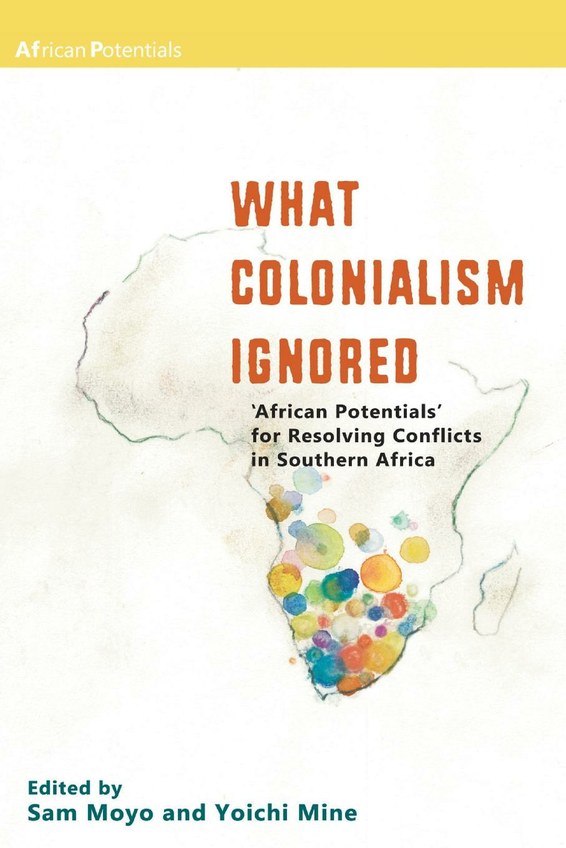
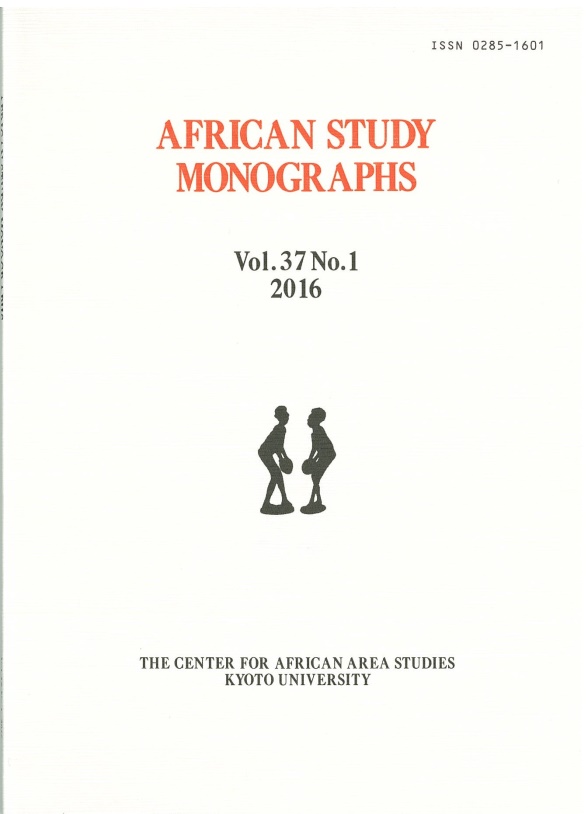
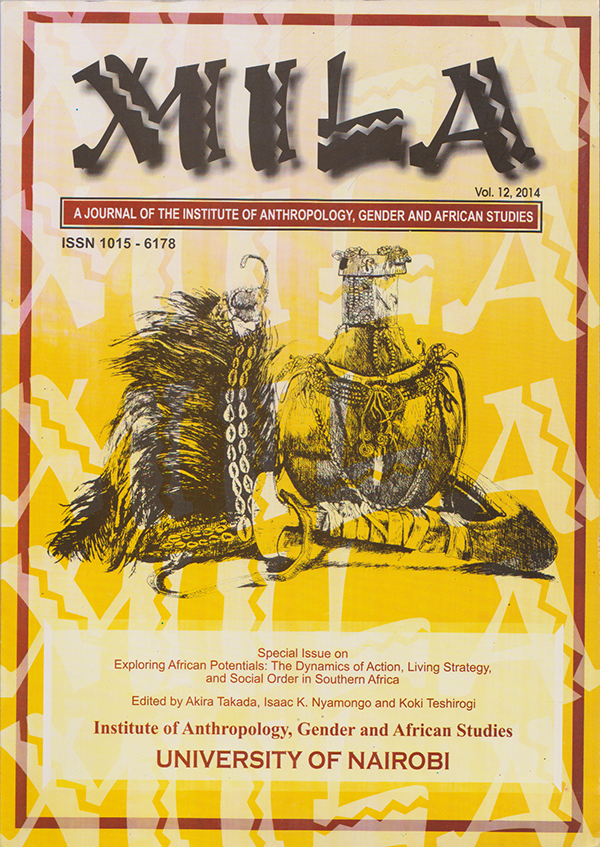 Exploring African Potentials, Mila Special Issue
Exploring African Potentials, Mila Special Issue